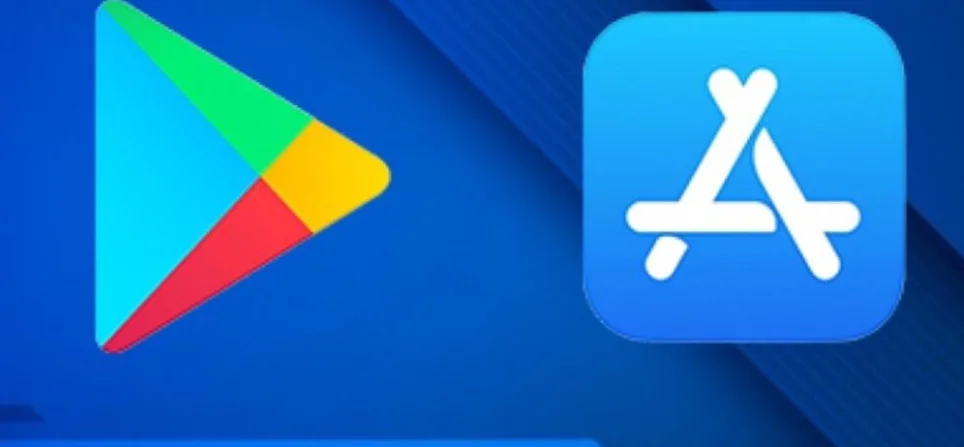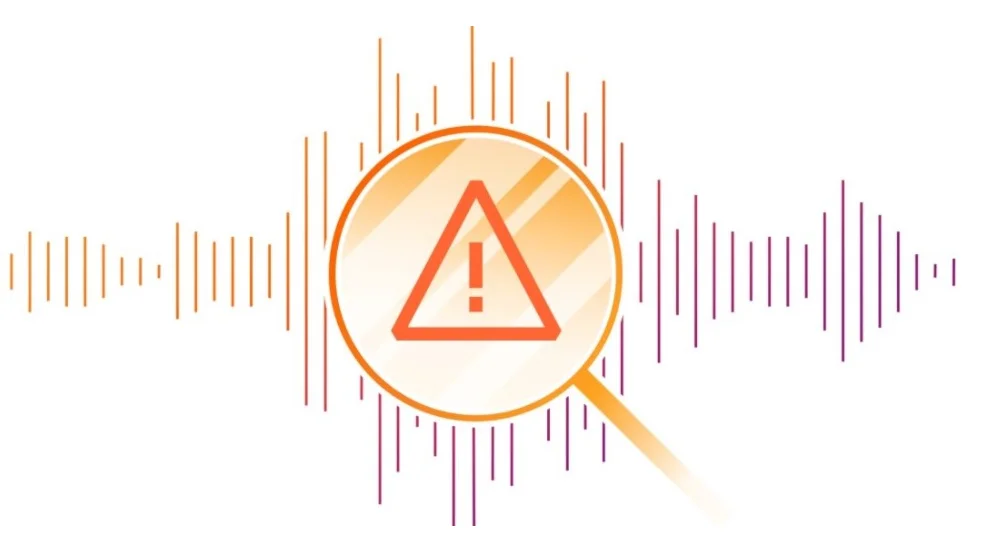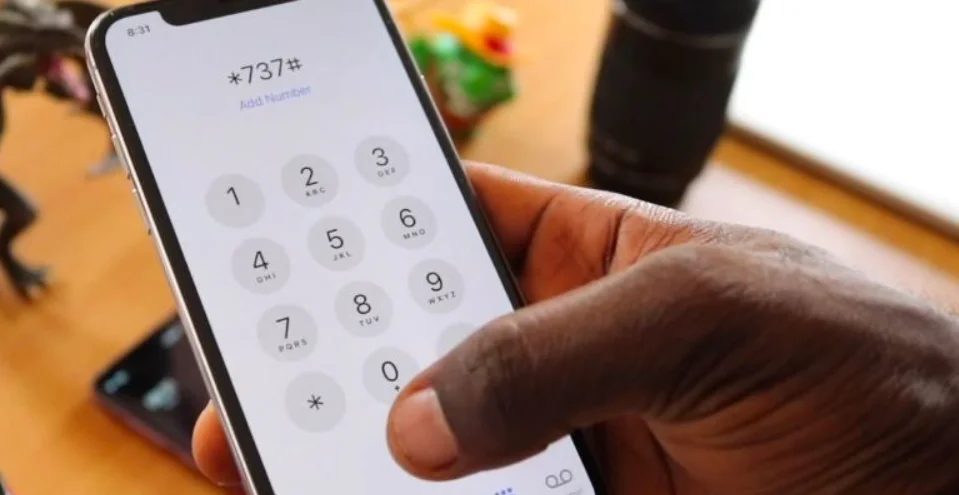A Massive Global Purge of Mobile Apps
In early 2025, Apple confirmed the removal of 137,000 apps from its EU App Store to comply with the Digital Services Act (DSA). But this is just a fraction of a much larger global clean-up.
In 2024 alone, Apple and Google deleted nearly 4 million apps combined, quietly reshaping the digital ecosystem without most users even noticing.
- Android dominates the global market with a 72% share, while iOS accounts for 27% (Statcounter, July 2025).
- With billions of users depending on Google Play and the App Store, these removals highlight how widespread unsafe apps really are.
Why Were So Many Apps Removed?
Google led the purge, removing about 11,000 apps daily, while Apple removed around 200 apps per day. The reasons varied, but most fell into a few key categories.
Google Play App Removals (2024)
- 55% – Privacy and data protection violations
- 16% – Ineligible content
- 15% – Defective data
- 9% – Fraud and scams
Apple App Store Removals (2024)
- 51% – Outdated software
- 46% – Fraud and scams
According to Surfshark cybersecurity expert Sarunas Sereika, this sweeping digital purge often goes unnoticed:
“While it may create the illusion that every app we download is safe, the reality is a bit more complex.”
Fraudulent Apps Still Reach Millions
Despite stricter rules, fraudulent apps continue to slip through app store defences.
- Google deleted over 300,000 apps in one year for fraud, scams, or security violations.
- Apple removed nearly 40,000 apps for similar reasons.
- Developers from Vietnam (23%), China (18%), Pakistan (11%), the United States (9%), and India (6%) accounted for most fraud-related removals on the App Store.
The concern? Millions of users had already downloaded these apps before they were flagged.
Even with Apple rejecting 25% of app submissions and Google rejecting 10%, the presence of an app in official stores often creates a false sense of security.
How Malicious Apps Hide in Plain Sight
Cybercriminals have adapted, using advanced methods and artificial intelligence to create apps that appear legitimate but:
- Steal personal data
- Deliver hidden malware
- Trick users into scams
Even worse, malicious developers often resurface under new identities.
- Apple terminated 147,000 developer accounts in 2024, up 25% year-over-year.
- Google shut down 155,000 developer accounts in the same period.
But experts warn it’s a cat-and-mouse game, with attackers exploiting weaknesses in app store oversight.
Staying Safe: What Users Can Do
While Apple and Google highlight their monitoring efforts, cybersecurity experts stress that users share responsibility for safe app usage.
Safe Downloading Tips
- Check app permissions before installing.
- Read reviews and ratings for red flags.
- Download from reputable developers only.
- Keep devices updated with the latest security patches.
- Use mobile security software for added protection.
As Sereika explains:
“Even though Google and Apple are actively removing unsafe apps, users must adopt safe downloading habits. Just because an app is in the official store doesn’t mean it’s safe.”
Key Takeaways
- Apple and Google removed nearly 4 million apps in 2024 due to fraud, scams, privacy breaches, and outdated software.
- Hundreds of thousands of malicious apps still reached millions of users before removal.
- Developers from Asia accounted for most fraudulent app removals on the App Store.
- Both companies terminated over 300,000 developer accounts combined.
- User vigilance is critical: stick to trusted developers, check permissions, and install security software.












